Villa Empain, an Art Deco Palace for Art and Intercultural Dialogue
Private residence, museum, Russian embassy, and headquarters of a TV station. Villa Empain has been all of these. This striking Art Deco house in one of the greenest neighbourhoods in Brussels has been a protected monument since 2007 and today is a Centre for Art and Dialogue between Eastern and Western cultures. You can go and see an exhibition about icons, old and modern until October.
Villa Empain was built in 1930 commissioned by the then 22-year-old baron Louis Empain, a maverick in the wealthy noble family Empain. Father Empain made a fortune in the Belgian colonies and built the metro in Paris. The design for his house was handed over to his son Louis by the Swiss architect Michel Polak, who had previously designed the Résidence Palace and the Galeries Anspach in Brussels.
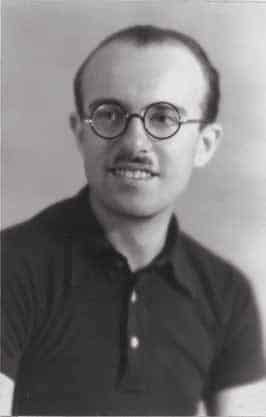 Louis Empain (1908-1976)
Louis Empain (1908-1976)© Fondation Boghossian
Empain had a great interest in architecture, especially Art Deco and Bauhaus. Polak designed a villa for him with a surface area of 2,500 m², a garden with a swimming pool, a pergola and a porter’s house. The facades of the villa consist of polished granite and the characteristic brass corner profiles are set with 23-carat gold leaf. The geometric lines and sleek execution were rather an exception in this Solbosch district, on what was then still called Natiënlaan. The avenue was the entrance to the 1910 World’s Fair and appears to be a sample of various styles that were fashionable at the turn of the century and during the interwar period.
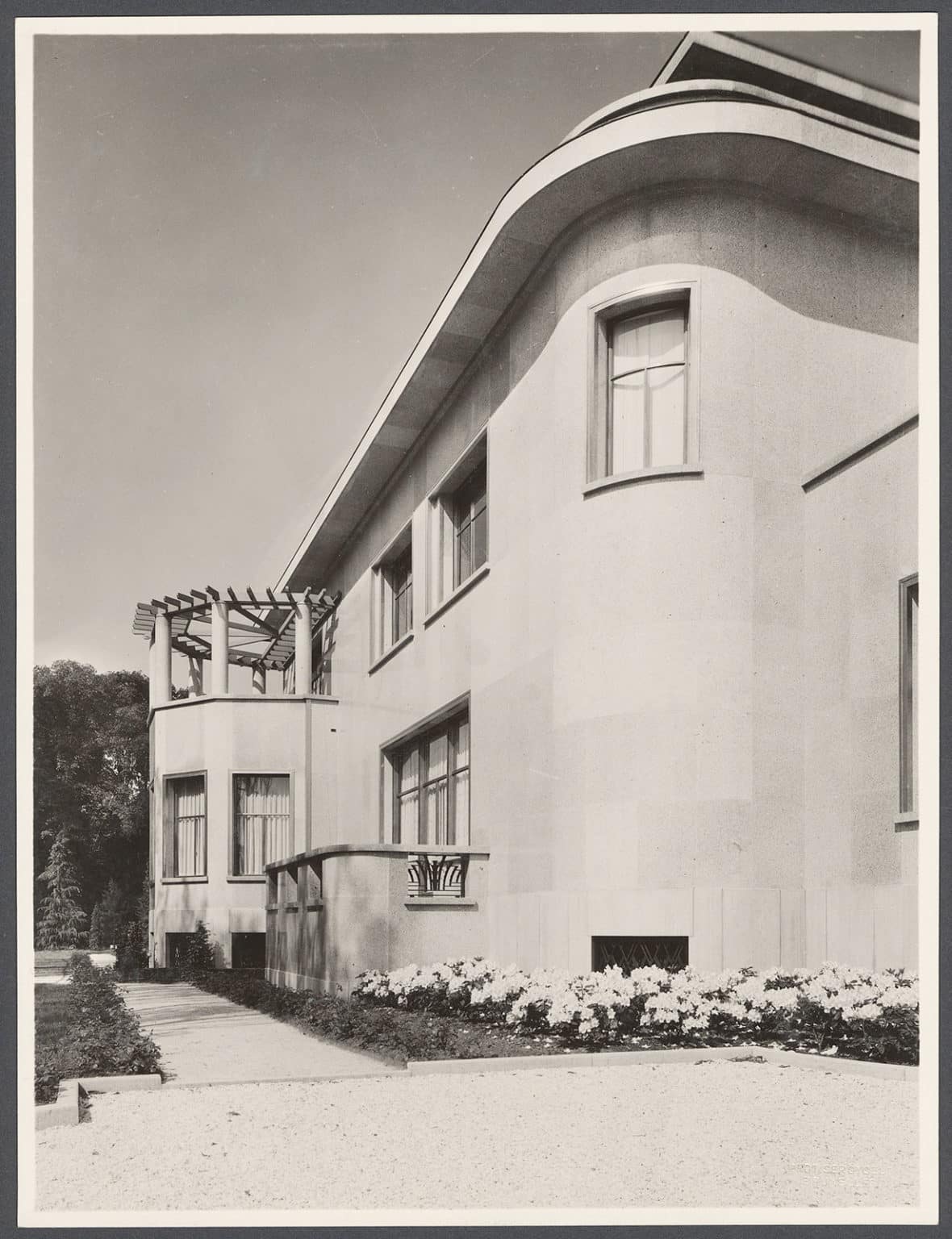
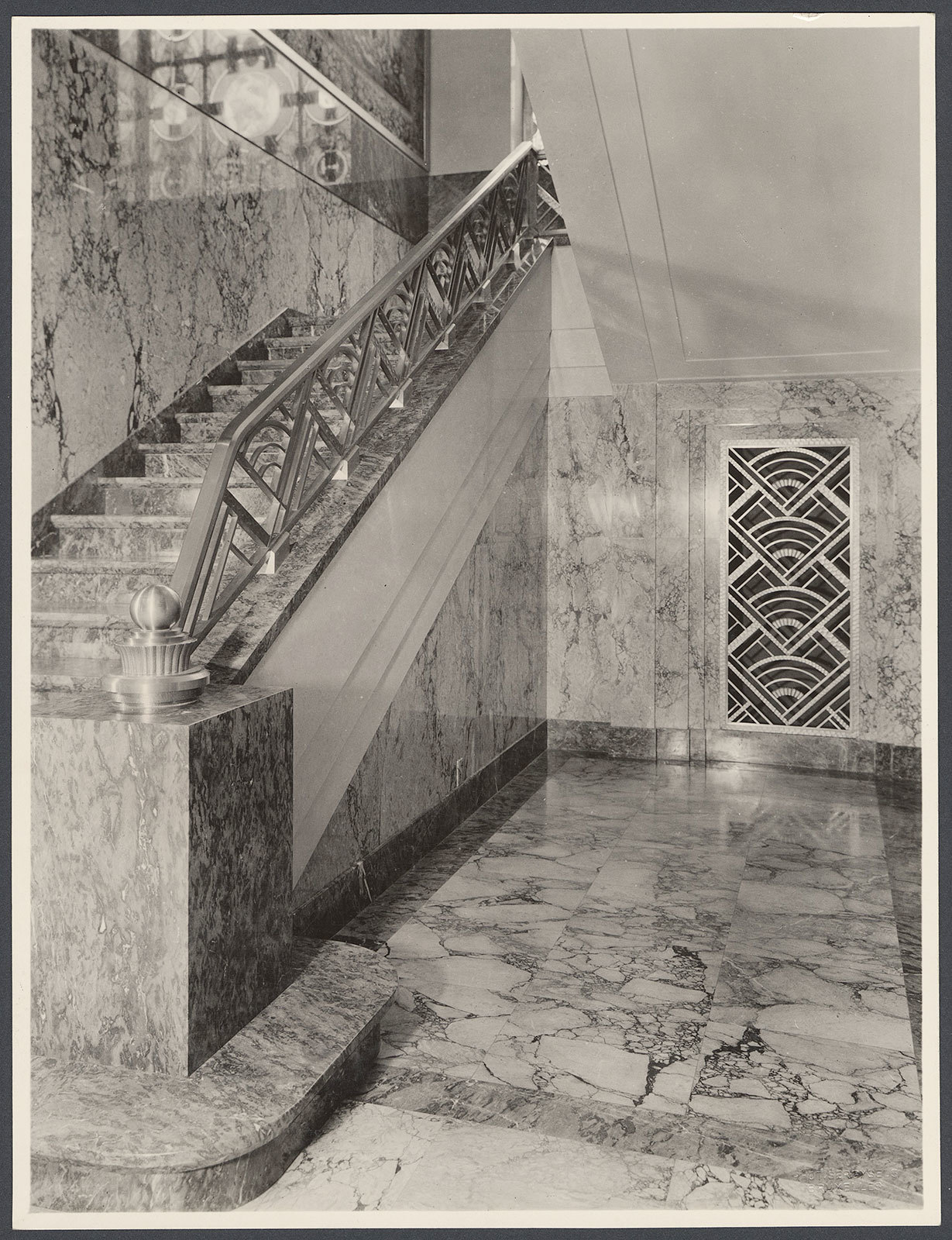
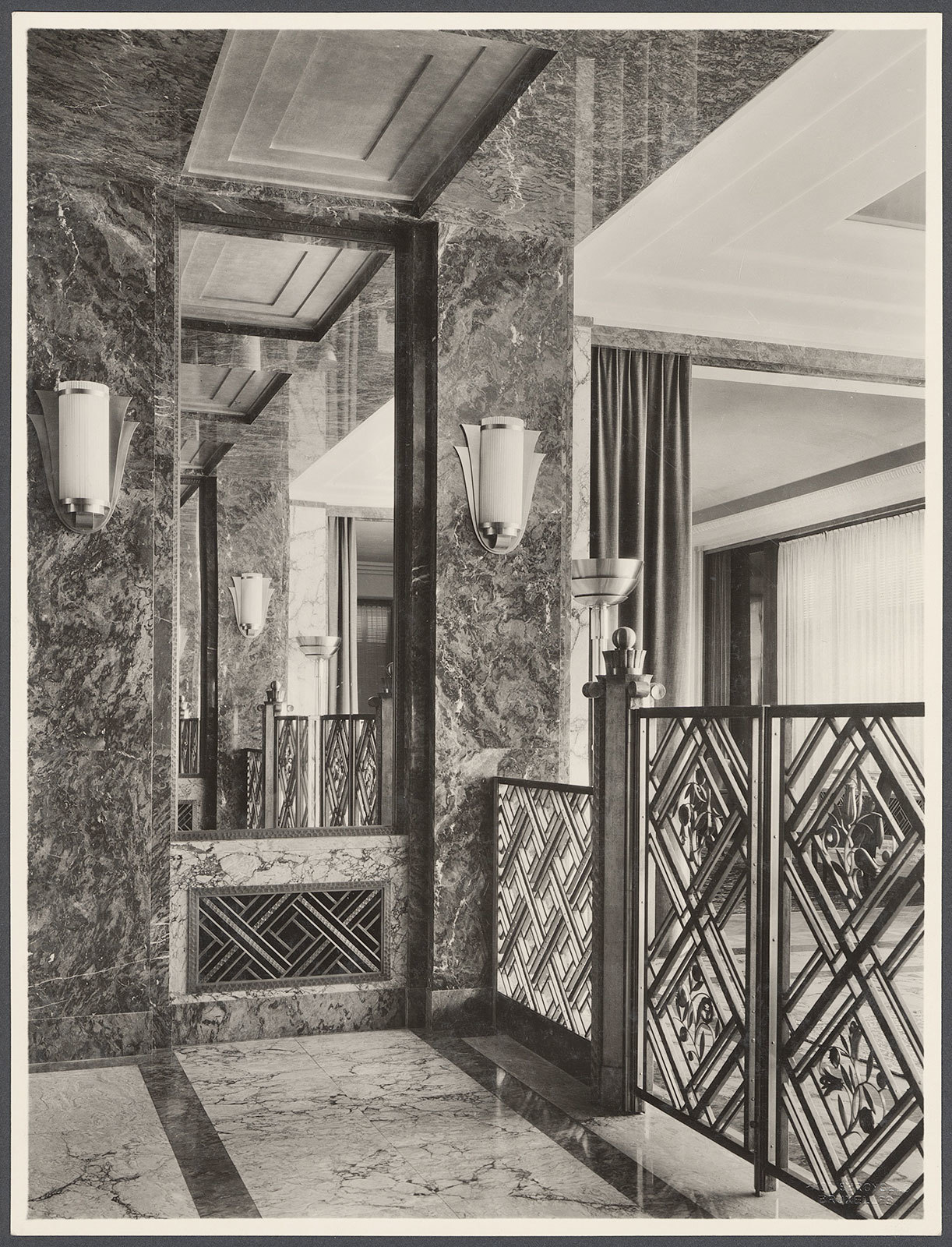
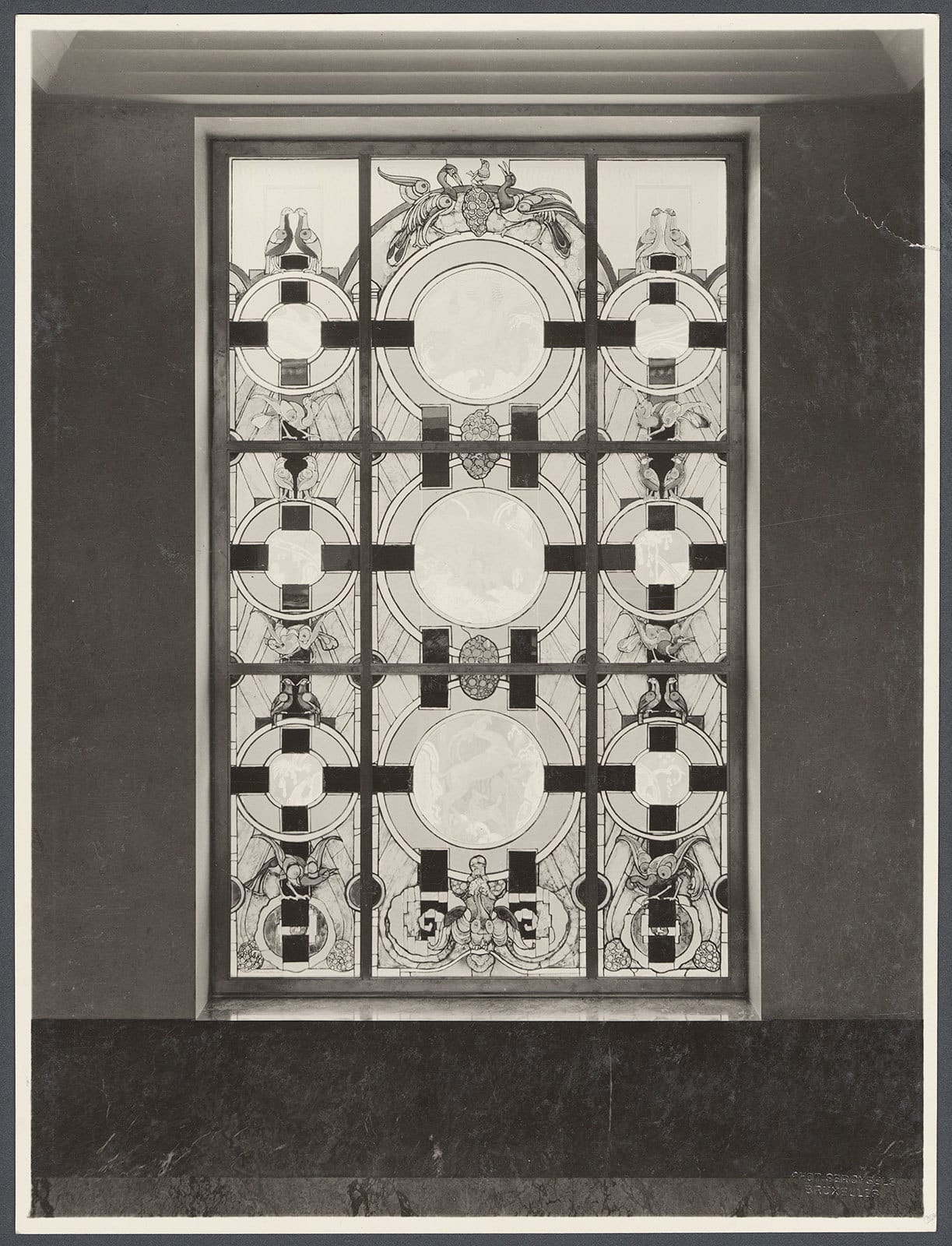 Villa Empain in 1932
Villa Empain in 1932© Fondation Boghossian / photo by Georges De Kinder
Louis Empain only used the house, which immediately gained great fame as a model of Art Deco style, for a few years. Unlike his brother who submitted to the jet-set life, Louis gravitated to the other extreme and began to lead an increasingly frugal life. He annoyed his entourage with his views, that were labelled as socialist, which emphasized human relations and the solidarity that, in his view, should be achieved between the financial and the working world. He immersed himself in pedagogy and charity and moved to Canada.
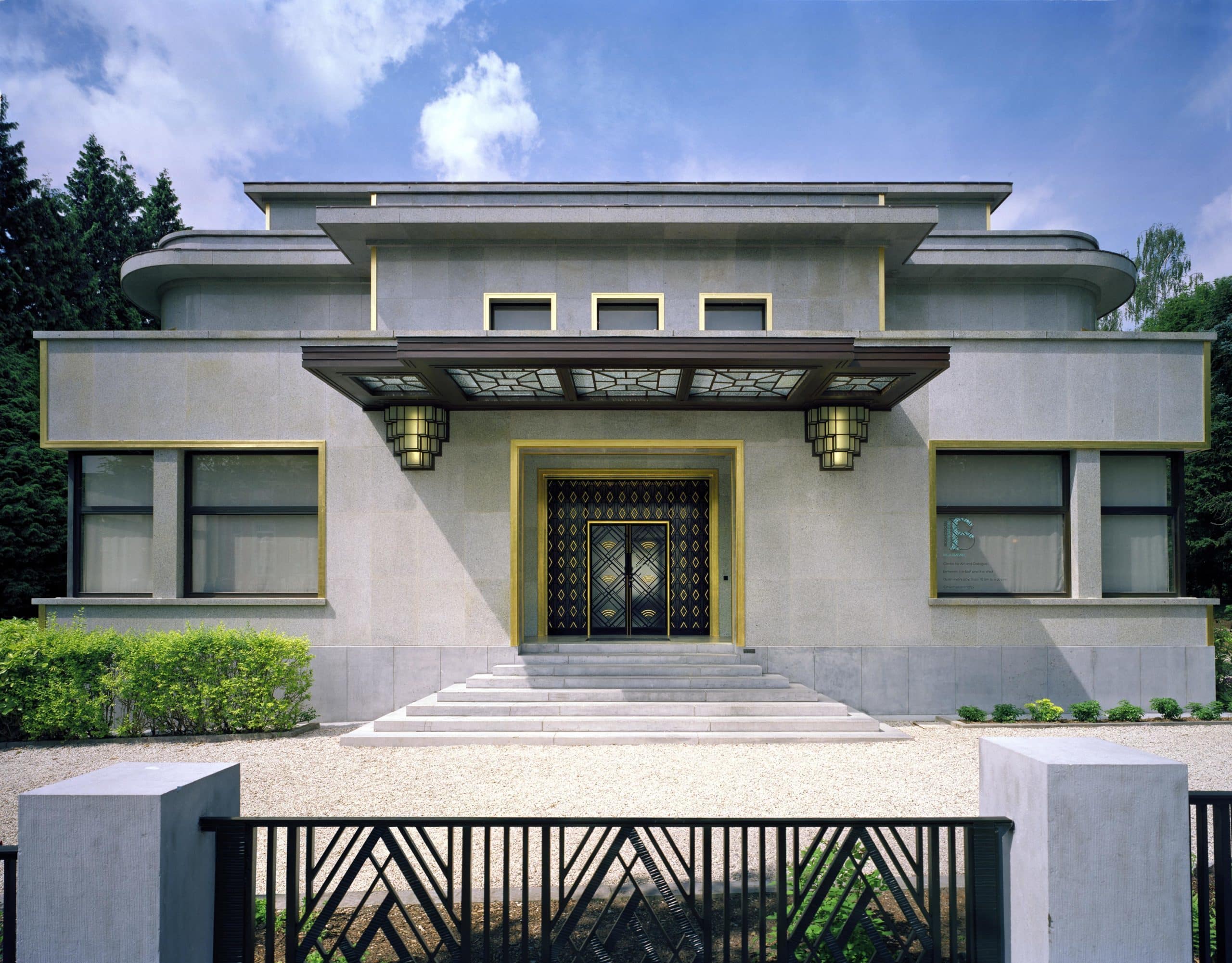 Villa Empain today
Villa Empain today© Fondation Boghossian / photo by Georges De Kinder
Russian Embassy
Empain donated his house to the Belgian State, with the intention of turning it into a museum of decorative arts. But in 1943 the building was requisitioned by the German occupier. Following the Second World War, the Natiënlaan was renamed after the liberator Franklin Roosevelt and the villa, like many other houses in the avenue, became an embassy. Of the Soviet Union no less. Louis Empain was none too pleased and obtained the restitution of the house. From then on, he organised exhibitions of young painters and sculptors and of established names such as Victor Vasarely, Salvador Dali, Bernard Buffet. He held debate evenings with his association Art, Vie et Esprit.
When Empain sold his property in 1973, it temporarily became the headquarters of radio and television station RTL, only to languish in vacancy for years. In 2006 the Boghossian Foundation bought the Villa, which was in need of complete restoration. The house has been open to the public since 2010, and in addition to temporary exhibitions, lectures, parties, and holiday internships are also organised.
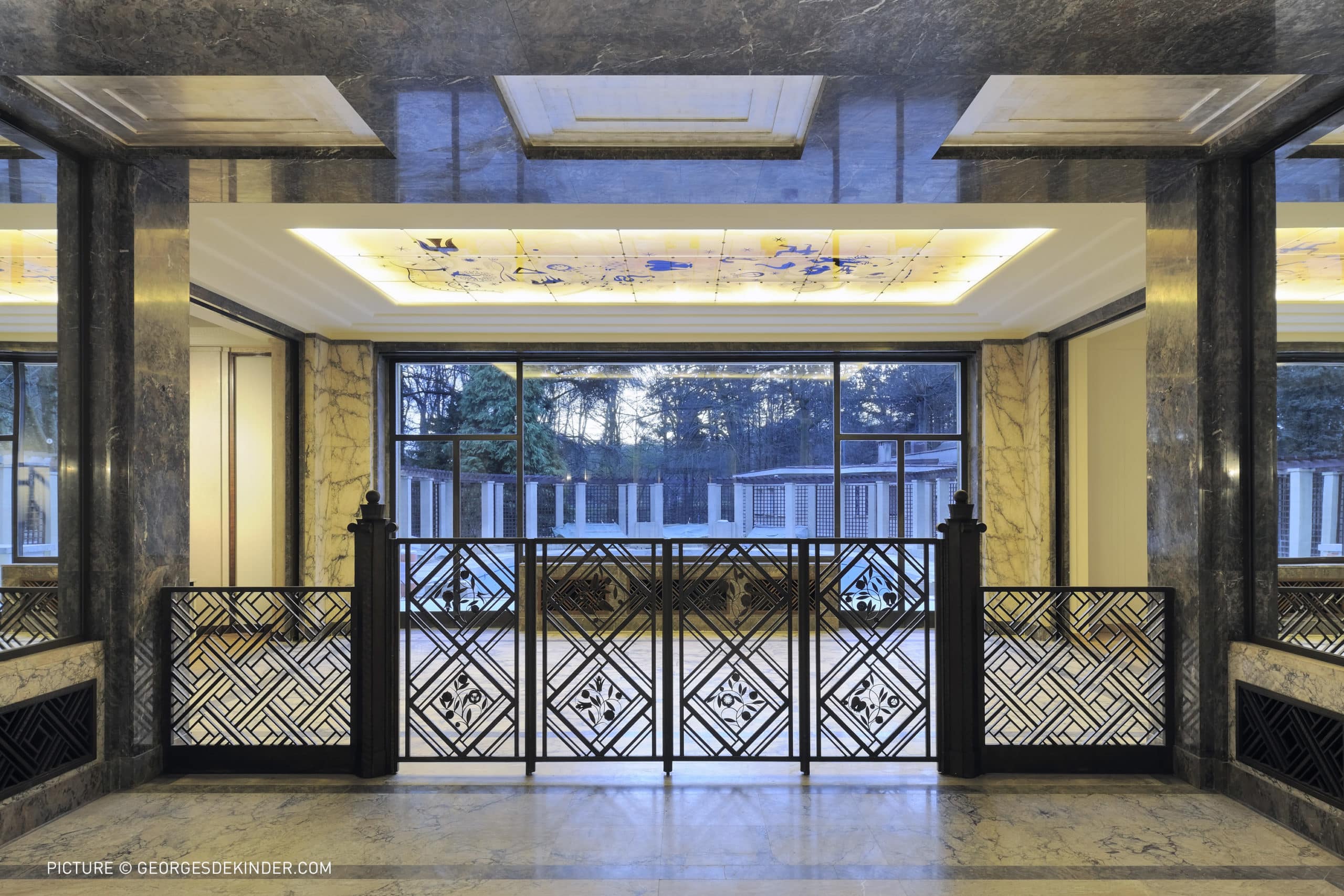
© Fondation Boghossian / photo by Georges De Kinder
Popular devotion
The Icons exhibition will run until the end of October. An appropriate theme for the Boghossian Foundation, which wants to stimulate the intercultural dialogue between the East and the West here, using art as a starting point.
Icons were part of ritual and devotion in the Eastern Church for centuries. Icons as they still exist today in the Christian East are subject to strict traditional formal requirements. Like the Word, they themselves form a medium between God and man, the face of the Son incarnate, pointing to the Father. They are not portraits and not figurative ‘works of art’, but a depiction of the face of the Saint who makes the holiness itself present.
© Boghossian Foundation
As a visitor, you will receive sufficient information about the history and the popular devotion to icons with which we are not familiar, in which touch also plays a major role. But as is unfortunately often the case in Brussels museums, the Dutch translation of folders and captions sometimes leaves something to be desired. For example, the term Iconoclasm, which refers to a specific Byzantine period, is translated somewhat confusingly and without further explanation as ‘the iconoclasm’ and is situated in the eighth century, while in Dutch this term refers to 1566 and the Reformation.
Mandylion
In the imposing marble hall, we immediately look up to a Madonna in the true tradition, but in the contemporary version of Pierre et Gilles, with their characteristic mix of glamour and kitsch, tragedy, and tradition. This Madone au coeur blessé, which the singer Lio performs as Our Lady of Sorrows, finds a counterpart in the hall above with Stromae as the figure of Christ. On the landing, we find a Christ with a crown of thorns, recognizable in relief. Artist Mounir Fatmi created this Presumed Innocent with meticulously nailed pieces of coaxial cable, which surprisingly addresses the associations of desacralization and all the consequences of our hyper-connected world.
© Pinault Collection
In the fencing room, authentic old icons are the centre of attention. The fifth-century icon of the Laying Down of the Cloth, which is very important to the Russian Church and the Christianization of the East Slavs, is flanked by a masterly copper engraving from the seventeenth century, depicting the holy face of Christ on the veil of Veronica. This subject, the icon of the Mandylion (meaning “cloth”), is also called Acheropoietus; “not made with human hands”. The miraculous imprint of the face of Christ is the subject of legends in both Eastern and Western Christian tradition. In early (fifth century) Eastern tradition, cloth with the print of Christ’s face is said to have been sent by Him to the king of Edessa. Later (thirteenth century) tradition speaks of the portrait of the Redeemer on his way to his crucifixion, printed on the handkerchief of Veronica, a native of Jerusalem. There is a remarkable difference in iconography: ‘Veronica’ represents Jesus with a crown of thorns, the Oriental ‘Mandylion’ without it.
In the adjoining rooms, we see work by Octave Landuyt, Henry Van de Velde, Andy Warhol, creator of pop art icons, the Syrian painter Marwan and the American Ellen Gallagher who questions stereotypes in the media about the black community. Icons in the contemporary sense as someone who embodies a community, movement, domain, or fashion can be found in broad interpretations, but in each case the relevance and artistic value of every work on display are remarkable.
© Lola Pertowsky
A lifelike sculpture by Duane Hanson stands in the centre of the glass wall that opens onto the garden. The hyper-realistic Window Washer, a black man with a bucket and window wiper in his hand, appears to have just finished cleaning. It forms an icon of our modernity and at the same time subtly confronts ingrained ideas and the reality hidden in all the richness of the sumptuous villa. Wealth based on colonial exploitation and class-based acquired rights and at the same time a source of beauty, artistic sophistication, and culture.
The swimming pool, the showpiece of the garden, was designed as a mirror in which the rear facade of the villa lights up. It was one of the first private swimming pools in Belgium and one of the largest and most modern of its time. The elegant mosaic floor pergola that surrounds the pool evokes a southern atmosphere against the dramatic backdrop of a majestic cedar tree. In summer DJ sets and parties are held here and when you visit on a warm day, there is a great temptation to literally take a dip in the art deco here.
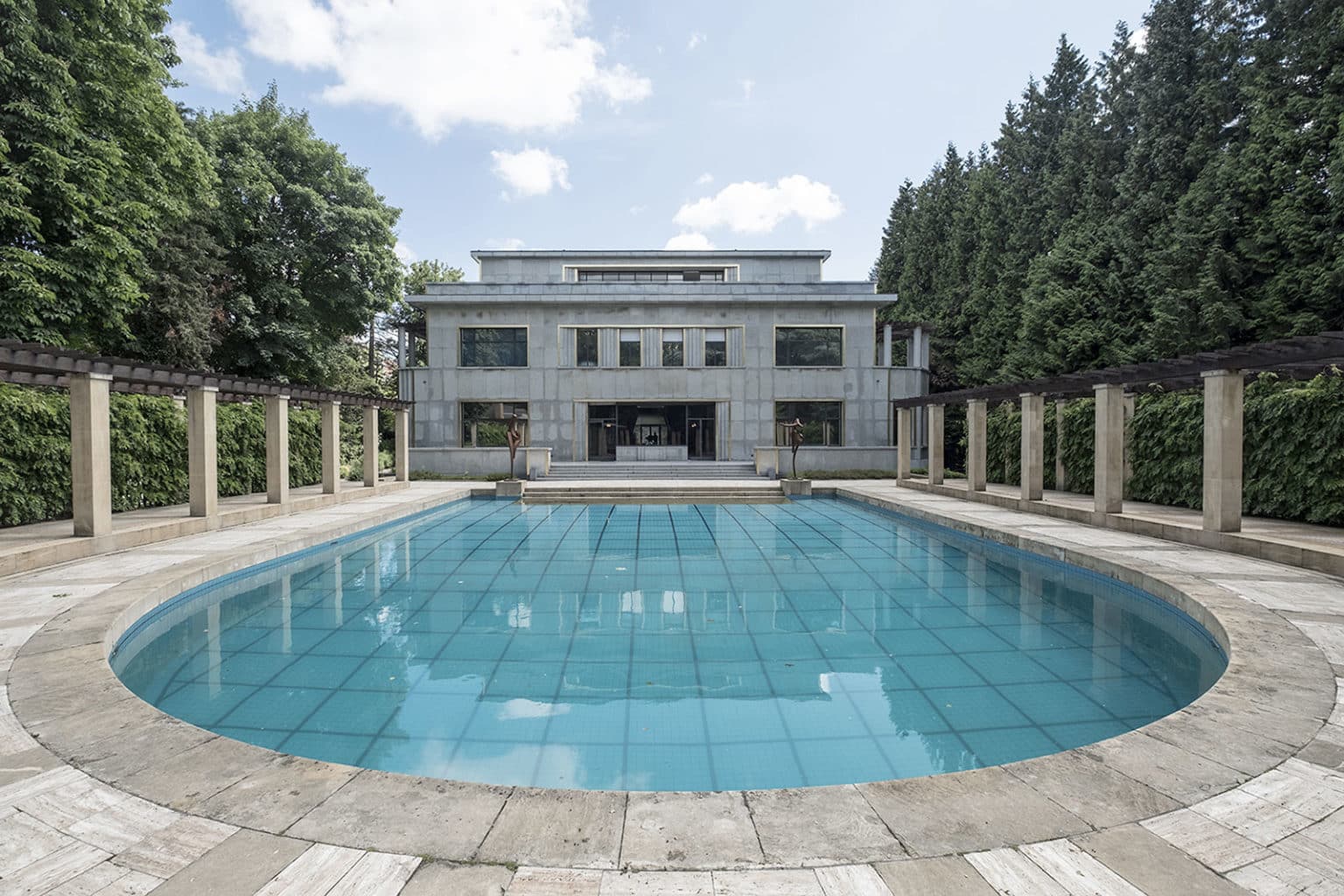 Swimming pool of Villa Empain
Swimming pool of Villa Empain© Fondation Boghossian / photo by Thibault De Schepper
Tree stumps for peace
Passing the very atmospheric downstairs lounge with its American bar and beautiful geometric decor, we arrive at the temporary exhibition Trees for memories in the basement. It is a peace project that started one century after the end of the First World War.
More than thirty internationally renowned artists, such as Anish Kapoor, Tony Cragg and Berlinde De Bruyckere, were asked to work with an oak cube from the former frontline in Alsace, which still shows traces of the war. The lesions in the wood make those stumps both relics and testimonies of the war. What the artists made of it varies from horror and confrontation to hope and freedom. Here too, Western and Eastern European influences come together.
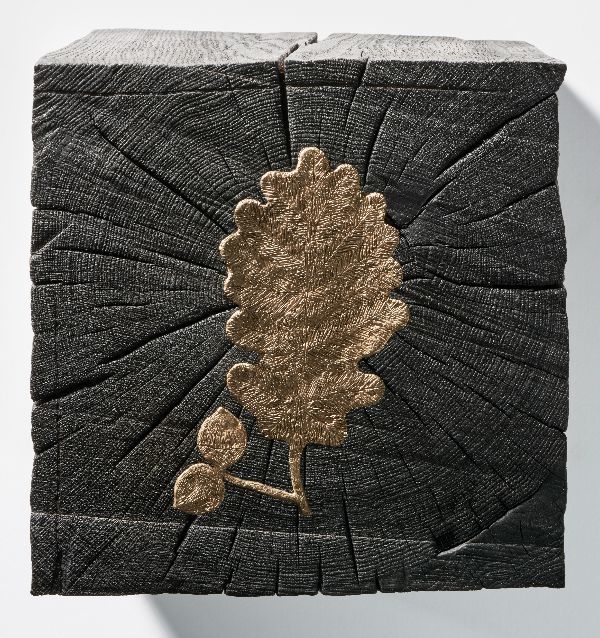 Kiki Smith, What burns never returns, 2018
Kiki Smith, What burns never returns, 2018© Kiki Smith
The Boghossian Foundation has Lebanese-Armenian roots and knows how to harmoniously shape its mission. Villa Empain is an intriguing and inspiring presence in a very beautiful green area of Brussels that appeals to the imagination and is worth a visit.
The Icons and Trees for memories exhibitions will run until 24 October 2021.












